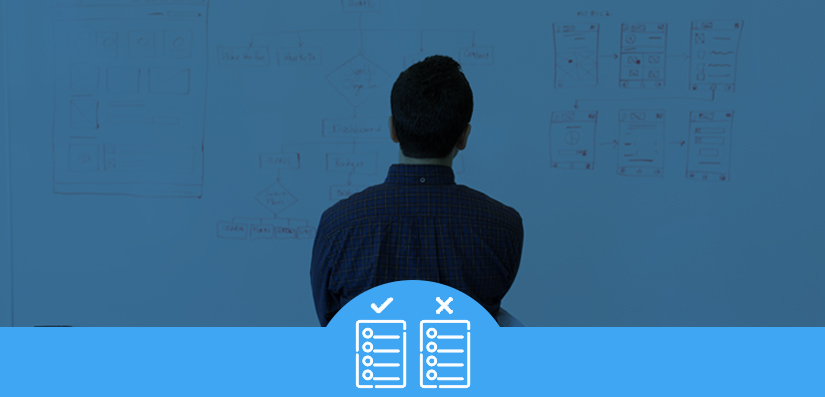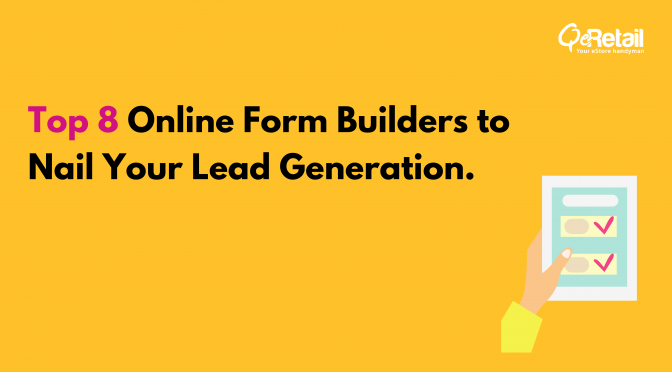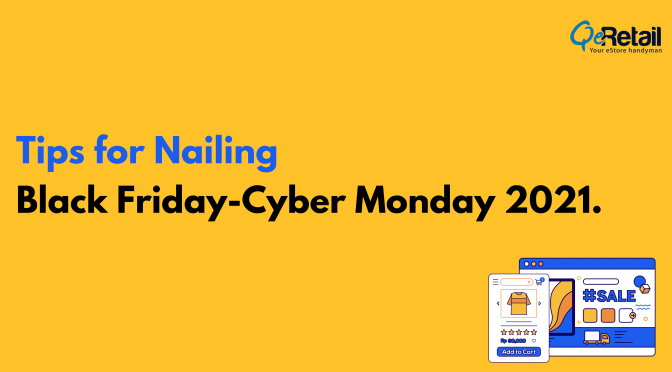eCommerce replatforming is a matter of matters!
When you are performing an eCommerce platform migration, there are numerous matters to take care of. Basically, multiple functionalities are migrated simultaneously where sync, uniformity, and precision play major roles. From selecting an apt platform to migrating the existing data, to adding UX cues, the bubble of confusion keeps on growing with each migration process.
Amid the decision making, the primary selection is to choose whether your eStore needs a replatforming or just a website design upgrade? If you’re favoring the former, there must be at least a few questions in your mind already. We urge you to not fall in the trap of eCommerce replatforming myths and proceed wisely.
We’ve tried jotting down common yet essential eCommerce platform migration myths to save the efforts. Let’s get started…
eCommerce Replatforming Myths
Myth #1: It Disrupts Sales
Migrating data and making the desired design and marketing changes are surely time taking, but it is practically possible to keep the current eStore running while making the necessary changes in the backend. Top eCommerce platform providers make sure that the sales cycle doesn’t hamper.
All you need is a trust-worthy and skilled platform provider that can ensure your new storefront is ready with data upload, product listing, and all the latest technology upgrades while you still continue to operate the old eStore.
While you’re performing the platform migration task, make sure to test and customize the new eStore settings before the launch. If you have a team, don’t forget to give them a heads up and train them for the alterations.
Myth #2: It Disrupts eStore Design
These days, the built-in elements in any eCommerce platform service provider’s network are seamless. It’s natural for many to be wanting the same eStore design they’re using for long. When you plan to migrate, it’s a myth that you can not retain your old design and its elements.
It entirely depends on your preferences to either go for an off-the-shelf theme or a custom-made theme. There are of course consequences you need to deal with for both the options. eStore designs represent your brand image, and when you migrate, make sure to choose smart keeping the tech-prowess future in mind.
Myth #3: Loss of Traffic
Well, this isn’t entirely wrong! When there is a change in the server, fluctuation in traffic is likely to take place. Even if you keep the domain name the same, partial impact in the search ranking for a specified time span is something that you should be prepared for. However, Google has its migration best practices laid down for a smoother shift.
To make this migration process quick and accurate, experts like QeRetail can always be contacted. By keeping the platform migration best practices in mind, they minimize controllable risk. Such as proper implementation of 301 redirects to all the pages is one of the essential practices. This way, site SEO is taken care of and traffic is no more a concern.
Myth #4: Replatforming = Replica of the old eStore
The answer is NO! You can definitely transfer a majority of your current data from the existing eStore to your new backend but can’t really clone the old one. On a broader note, there are some of the shortfalls that you’re facing in your existing online store and that’s the reason why you chose to migrate, then there’s no point recreating the same storefront again.
When you’re choosing a fully-featured eStore platform solution, the new elements are only going to help you sell better and not the opposite.
For example, the payment gateway integrations. You need to find your current payment partner on the new platform or have to look for the workaround with 3rd party integration to retain the same. All the known platforms like BigCommerce, Shopify, WooCommerce et Cetara rarely miss out on the big shots. You can easily integrate with the tools and features you already use and are aware of with zero to negligent setup.
Important Note: Before you finalize the platform for migration, do check for the level of customization they allow on APIs. Restricted and limited customization stops you from making any changes manually.







